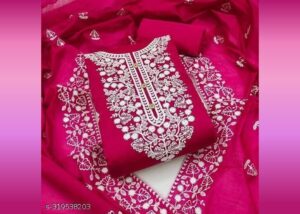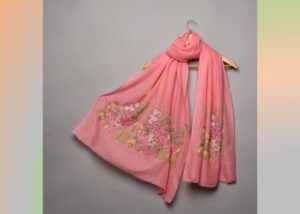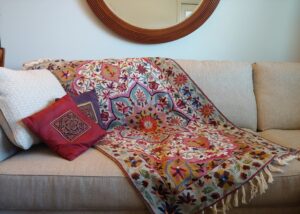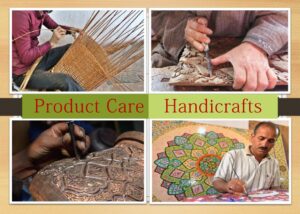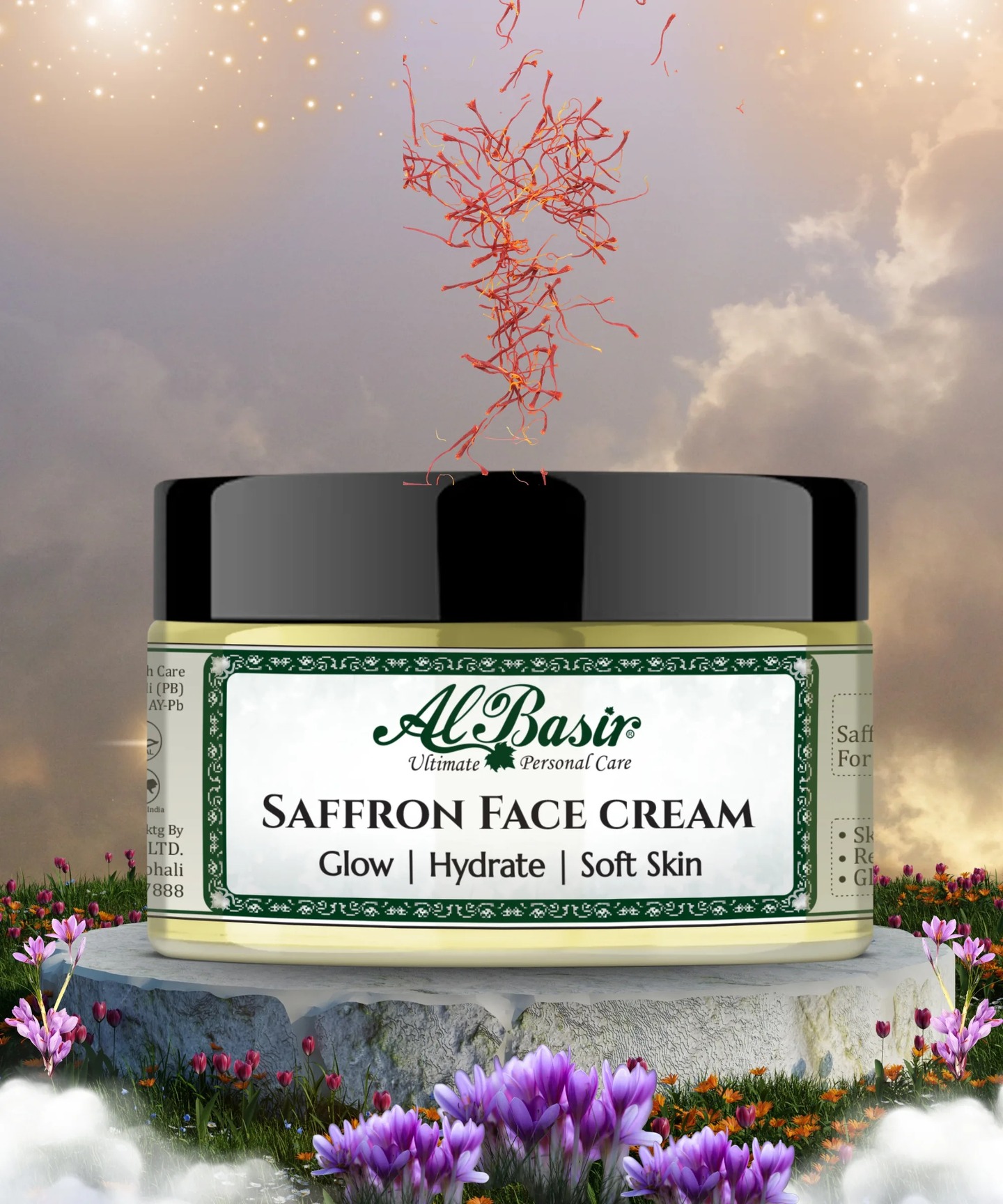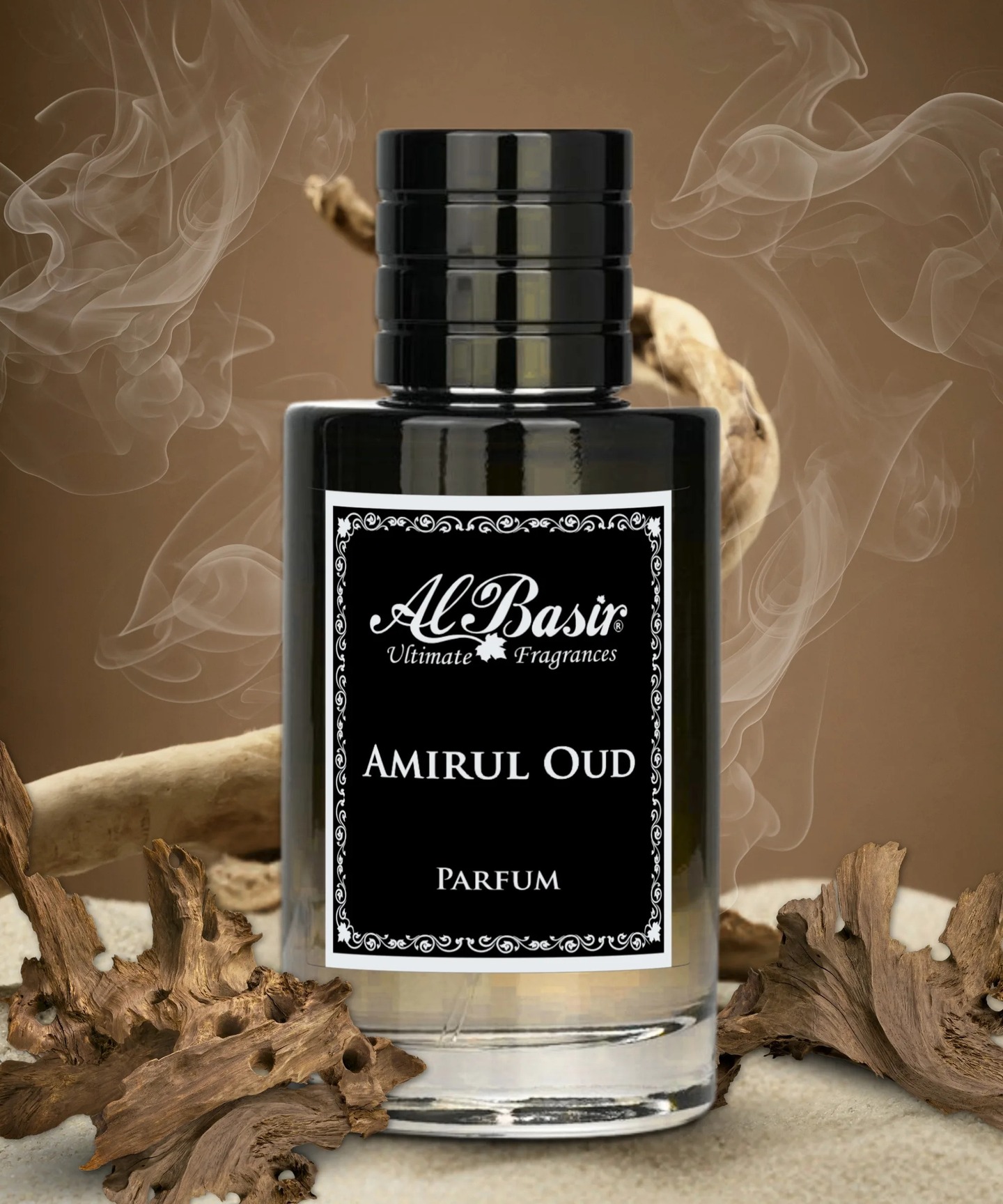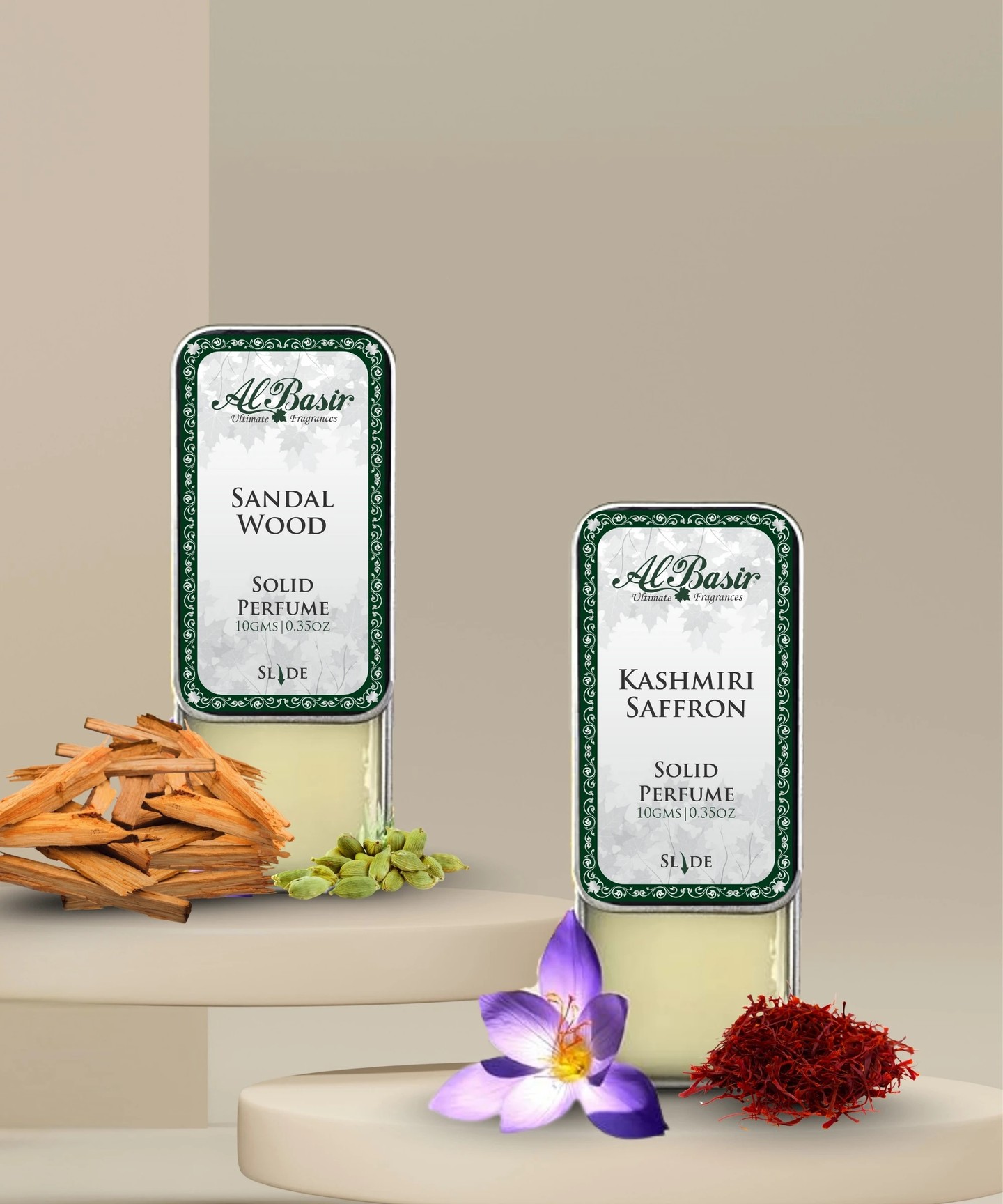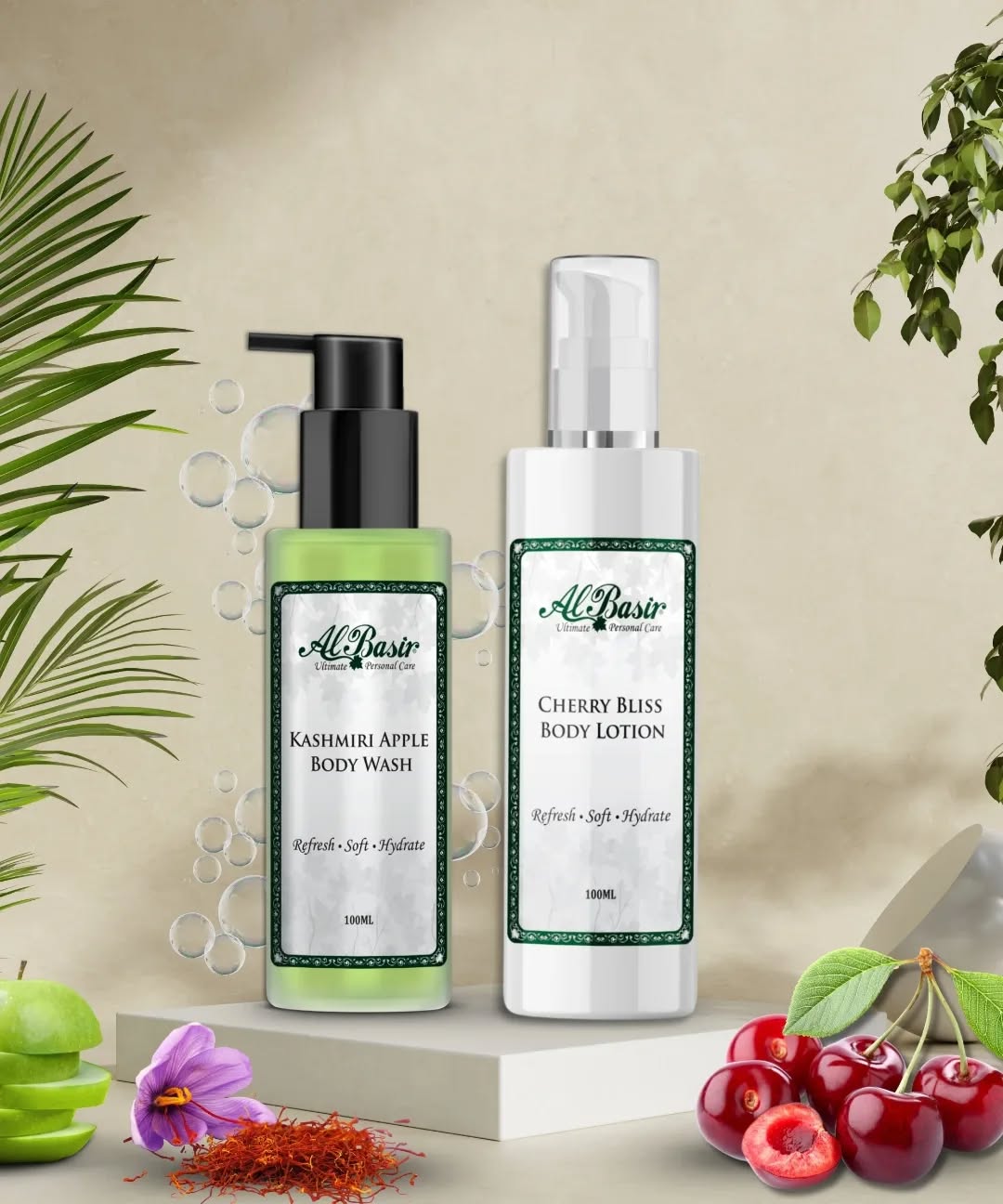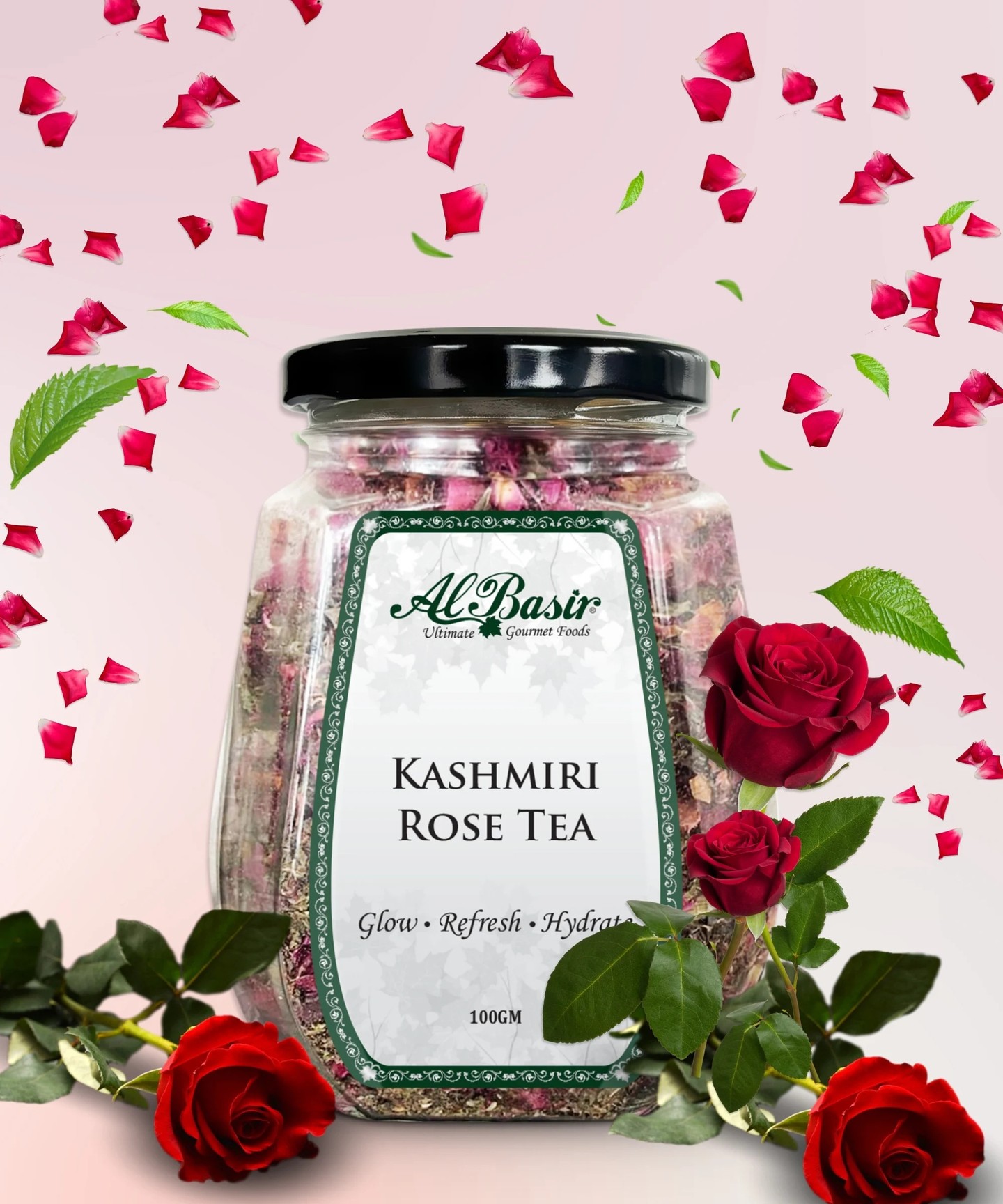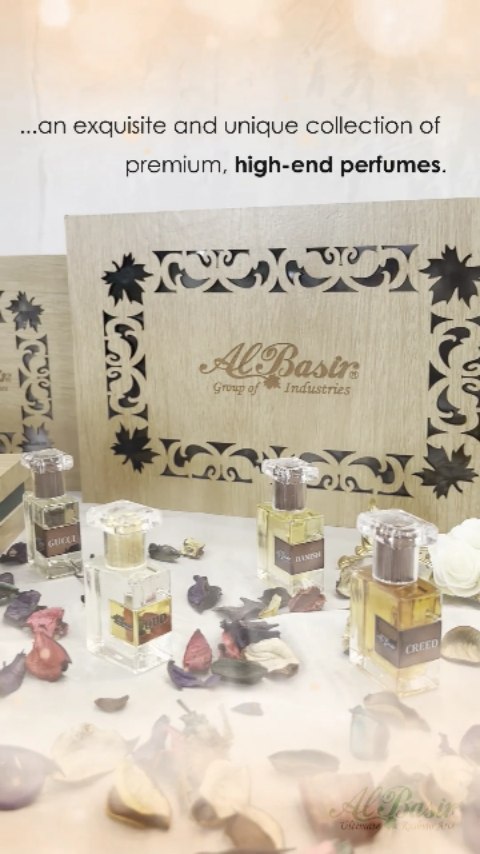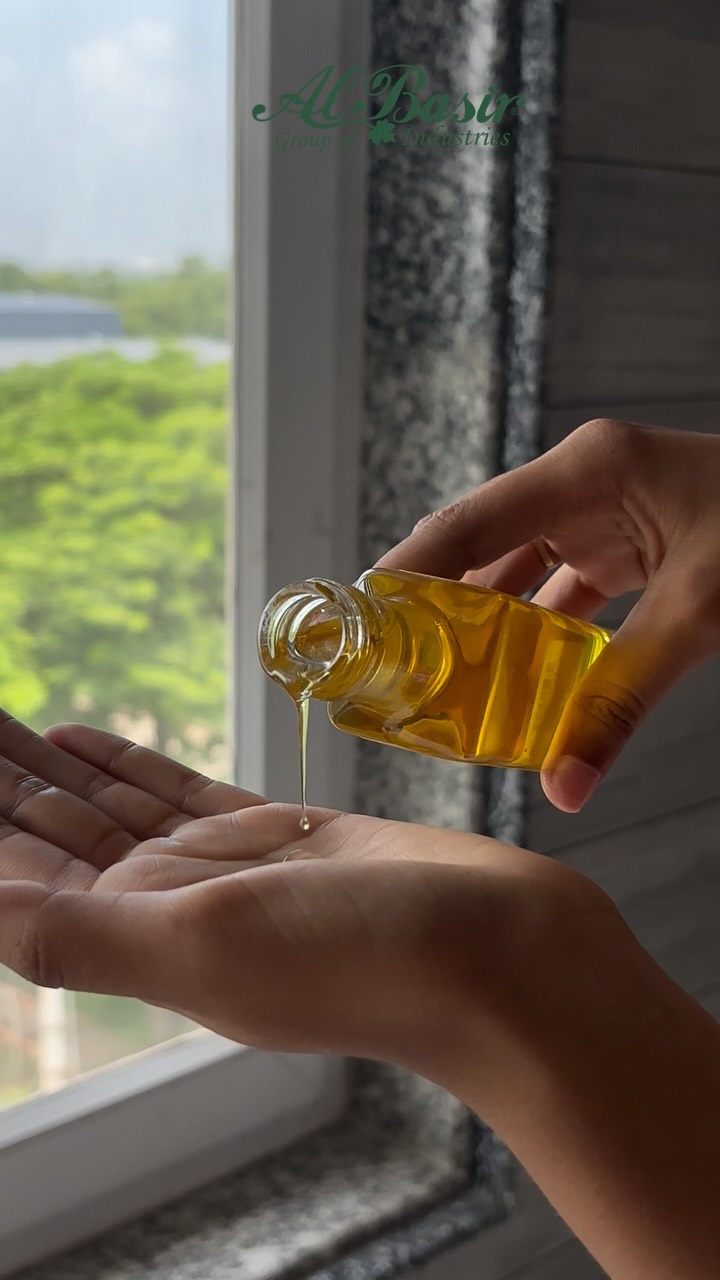CAPE

Capes are versatile garments that can be worn for a range of occasions, from casual outings to formal events. They can be styled in different ways to suit individual preferences and outfit choices. Historically, capes were worn for their practicality, providing protection from the elements such as rain, wind, and cold weather. They offer freedom of movement and are easy to put on and take off. addition to their functionality, capes are often worn as fashion statements. They can add drama, elegance, or a touch of whimsy to an outfit, depending on the style and design. Capes have cultural significance in various parts of the world. They are worn as traditional attire in certain cultures, and may symbolize status, identity, or ceremonial significance.
CARE OF CAPES
- Spot/stain cleaning
- Dry cleaning
- Steaming/Ironing
- Fuzzing/Pilling
- Air out
- Storage
BAG

Al-Basir has a wide variety of kashmiri tradition heritage art bags i.e. sling bags, clutches, pouches with embroidery, ari work which have stylish and versatile options for carrying essentials. Bags serve various practical and symbolic purposes, making them an essential part of daily life for many people. The use of bags dates back to ancient times when early humans crafted bags from natural materials such as animal skins, woven plant fibers and leather. These primitive bags were used for carrying food, tools and other necessities.
CARE AND MAINTANCE REQUIRED FOR BAGS
Caring for and repairing embroidered bags requires some special attention to preserve the delicate embroidery while maintaining the overall integrity of the bag. Here are some tips:
- Regular cleaning
- Handling with care
- Spot cleaning
- Avoiding abrasian
- Air dry
- Avoid moisture
- Professional cleaning
- Storage
CAP

Kashmir had rich textile industry. Silk, Chinon, Kemkhab, Zari, Toosha, Pashmina, Raffle, Fur, Pattoo have been produced by the indigenous industries and have been in great demand across the nation and over the world. These wears have always invited traders and fashion seekers to Kashmir. But over the time these items have been side-lined for the reason of unavoidable infiltration in culture, which has been adopted quite quickly by the young and old without giving much thought to the impact it had on the ethnic wear. Al-Basir has taken an initiate to produce a wide range of handmade caps like Himachali caps, karakul caps, afgani caps along with Kashmiri caps also.
CARE OF CAP
Caring for your Kashmiri cap properly is essential to maintain its quality, appearance, and longevity. Here are some tips for caring for your Kashmiri cap:
- Cleaning
- Storage
- Handling
- Protection
- Maintance
SCARF

Kashmiri scarves have been an important part of Indian and Kashmiri culture for centuries. They have been used in traditional ceremonies and festivals. Kashmiri scarves have also been popular among the royal families of India and other parts of the world, who have appreciated their beauty and quality. In terms of fashion, Kashmiri scarves have been embraced by designers worldwide, who have incorporated them into their collections. They have been adapted to suit modern tastes, with contemporary designs and color schemes being introduced. Kashmiri scarves have become a timeless and versatile accessory, that can add an element of elegance and sophistication to any outfit. They are considered a must-have accessory in many fashion circles and are highly prized by collectors and enthusiasts.
CARE OF KASHMIRI SCARFS
- Washing
- Storing
Other tips
- Brush your Kashmiri scarf after each wear to remove any dust or dirt.
- If your scarf gets stained, try to spot clean it with a mild detergent and water. If the stain is more stubborn, you may need to take it to a professional cleaner.
- Avoid wearing your scarf in wet or humid weather, as this can cause the fabric to felt.
By following these simple tips, you can help your Kashmiri scarf last for many years to come.
Additional tips:
- If you are going to be storing your Kashmiri scarf for an extended period of time, you can put a few mothballs in the garment bag or drawer.
- If you are traveling with your scarf, pack it in a sturdy, protective case.
- If you are ever unsure about how to care for your Kashmiri scarf, it is always best to consult with a professional cleaner.
With proper care, your Kashmiri scarf will be a cherished heirloom for many years to come.
STOLE

A Kashmiri stole, often referred to simply as a “Kashmiri shawl” or “Pashmina shawl,” is a luxurious and intricately crafted accessory originating from the Kashmir region in India. Is there anything more beautiful than a pashmina stole? No two styles are the same, with a spectrum of colors and infinite designs to choose from. Pashmina stoles take their name from Pashmina goats that reside high in the mountains of Nepal and across India and Tibet. The word ‘pashmina’ comes from ‘pashm’, meaning ‘inner layer of hair’. These stoles add a sense of luxury to your everyday life. While one human hair is 75 microns thick, normal cashmere is typically 20 microns. What makes pashmina cashmere so luxurious is that it is 12 microns thick, meaning it is 6 times finer than the typical human hair. It takes around three goats to produce enough hair for a pashmina stole. Pashmina cashmere is spun using the downy undercoat of the Himalayan Mountain goat. These goats famously live at a high altitude of above 15,000 ft. The colder climate of the Himalayan Mountain range means that the quality of the wool is considerably higher. The Chyangra goat is the source of the cashmere for pashmina shawls.
CARE OF STOLE
Caring for a Kashmiri stole requires gentle handling and special attention to preserve its delicate fibers and intricate craftsmanship. Here are some tips on how to care for a Kashmiri stole:
- Cleaning
- Hand washing
- Drying
- Storage
- Avoiding snags and pulls
POTLI BAGS

In today’s fashion-forward world, where trends come and go, there’s something timeless and enchanting about carrying a potli bag. Originating from the Indian subcontinent, the potli bag has evolved from a traditional accessory into a fashionable statement piece. With its versatility, intricate craftsmanship, and cultural significance, the potli bag has become a must-have accessory for fashion enthusiasts worldwide. When selecting a potli bag, several factors come into play. The occasion, outfit, and style. Potli bags come in various sizes, shapes, and designs, ranging from vibrant and heavily embellished to understated and elegant. Choose a potli bag that complements your attire while reflecting your taste. Whether it’s a wedding, festive celebration, or a casual outing, there’s a potli bag for every occasion. A potli bag is a traditional Indian purse that is often made of silk or other delicate fabrics. These bags are not only beautiful, but they can also be very durable if they are properly cared for. Are you a fan of vintage accessories? If so, you must have come across old potli bags in your collection. These beautiful ethnic pouches carry a unique charm but can often show signs of wear and tear over time. However, fret not! Our blog post today will guide you on repairing and restoring these beloved treasures to their former glory, allowing you to continue showcasing them with pride.
CARE OF POTLI BAGS
Here are some tips on how to care for and maintain your potli bag:
- Cleaning
- Handling
- Professional cleaning
- Air it out
- Regular check up
- Stuff it up
- Prevent moisture
- Care while travelling
Please call our Customer Care for any query. (9am to 6pm) +91 9463 777 888 or write @ info@albasir.in.















